ONE OF THE MINOR sociological treats of being appointed shadow education secretary is a frontbench view of David Cameron’s crimson tide — that half hour journey, every Question Time, during which the Prime Minister’s face turns from beatific calm to unedifying fury. It starts at 12.04 with the merest ripple of annoyance in his shiny, placid countenance. At 12.07, the ripple has become a swell of irritation, still far out to sea, at anyone daring to question the wisdom of government policy. By 12.10, it is a wave of indignation and wounded amour propre at the wilful duplicity of his opponents. And by 12.14, the crimson tide is crashing over the rocks of the dispatch box, back and forth for the next quarter of an hour. Close up, it is a marvel to behold.
OCTOBER is Black History Month, when schools celebrate the lives and achievements of the black African diaspora. In recent years, the event has been turned into an unedifying beauty contest between the relative merits of the Crimean War nurses Florence Nightingale and Jamaican-born Mary Seacole. During the recent controversy over the history curriculum, Nick Clegg demanded the reinsertion of Seacole into the syllabus. All well and good. But I do fear this paints the Lady of the Lamp as the reactionary historical figure to Seacole the progressive. In fact, Nightingale was a noted Liberal in her politics. In addition to her remarkable advances in improving the quality of medical care in Britain, she worked hard on the alleviation of sanitary problems in Bombay and supported the ambitions of the Indian National Congress. Seacole, by contrast, might best be described as a pro-Imperial Tory.
BUT THE REAL EVENT of October is the British Ceramics Biennial, when everyone who knows their fettling from their dipping heads to the Potteries for Europe’s finest display of ceramic art and artefacts. And it is once more being hosted in the China Hall of the old Spode works in Stoke. Some 200 years on, Spode’s trademark ‘Blue Italian’, that curious medley of Italianate and Oriental styling in blue and white, remains totally bewitching. Indeed, this summer’s sell-out art auction was at Trelissick House in Cornwall, when Ida Copeland’s 2,500-strong Spode collection went under the hammer. The wife of Ronald Copeland (president of Copeland and Spode), Ida was one of my more remarkable predecessors as MP for Stoke-on-Trent. She beat Oswald Mosley for the seat. And far more extraordinary, she was a Conservative — not a habit we encourage in North Staffordshire.
WESTMINSTER has felt a little deserted this week with George Osborne and his army of acolytes off in Beijing. The Chancellor is drumming up business for Britain — and good luck to him. But what has surely been remarkable over the past few years is not just the extent of Chinese and Indian investment into the UK, but the style. Money from the rising empires in Shanghai and Delhi has been involved in a subtle process of counter-cultural-colonialism. In 1851, the Great Exhibition was a signal of Britain’s imperial prowess. Now Boris Johnson is backing a plan by Ni Zhaoxing, chairman of ZhongRong Holdings, to rebuild the Crystal Palace. Even more interesting is the work of Sri Prakash Lohia, who is using his fortune to rebuild Sheridan House in all its 18th-century glory. On the back of Lohia’s polyester business, the home of the colonial soldier General John Burgoyne and the Whig politician Richard Brinsley Sheridan is being recreated as Robert Adam designed it. A century ago, the British Viceroy Lord Curzon started to protect the historic fabric of Mughal India with his restoration of the Taj Mahal. Today, it is the Indians and Chinese who are reviving our national heritage. Empire is a funny business.
FAR LESS AMUSING are the events taking place at the Al-Madinah School in Derby, where Michael Gove’s ideological experiment in free-for-all schooling has hit the buffers. In an extraordinary tale of ministerial negligence, Gove has allowed a taxpayer-funded school which segregates children on gender lines, enforces the wearing of the hijab amongst female teachers, employs unqualified staff and has questions to answer about the nature of its curriculum and financial management. This presents a knotty problem for The Spectator: on the one hand, we have Douglas Murray’s concerns about the need to counter the threat of radical curriculums; on the other, we have the editor, Fraser Nelson, and his Swedish-inspired advocacy of free schools. I look forward to Murray’s take on Al-Madinah’s Ofsted report. In the meantime, 400 kids have been sent home and huge sums of public money wasted on Michael Gove’s watch. My new job is to expose such policy failures and flesh out Labour’s alternative of high standards and top-quality teaching. That is, when I am not staring out across the green benches, watching the crimson tide roll in.
Got something to add? Join the discussion and comment below.
Get 10 issues for just $10
Subscribe to The Spectator Australia today for the next 10 magazine issues, plus full online access, for just $10.
Tristram Hunt is shadow education secretary and MP for Stoke-on-Trent. His books include Building Jerusalem and The Frock-Coated Communist.
You might disagree with half of it, but you’ll enjoy reading all of it. Try your first month for free, then just $2 a week for the remainder of your first year.

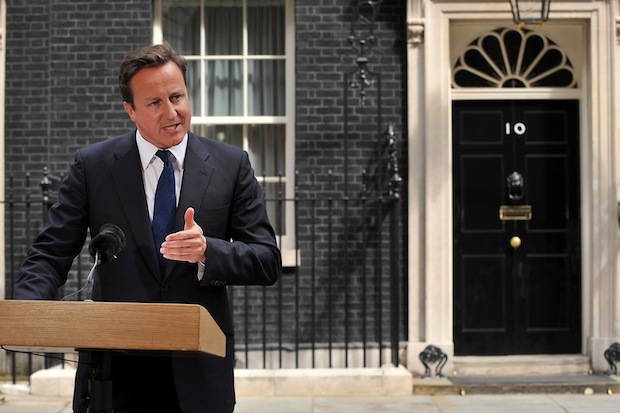
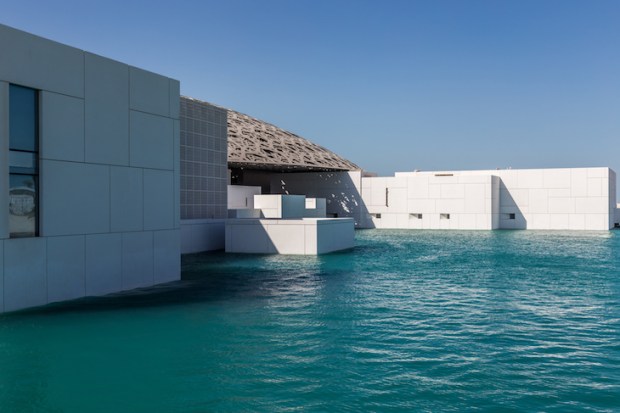

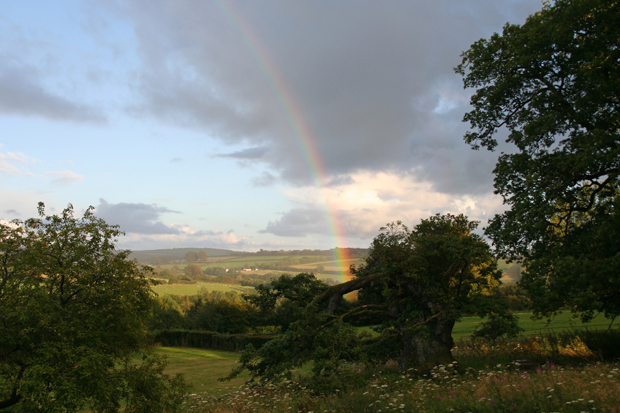
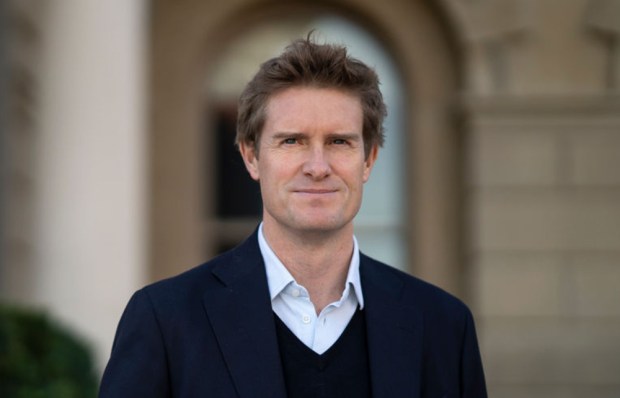

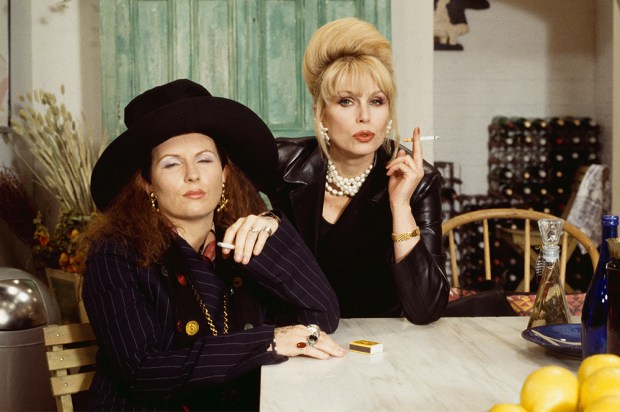






Comments
Don't miss out
Join the conversation with other Spectator Australia readers. Subscribe to leave a comment.
SUBSCRIBEAlready a subscriber? Log in